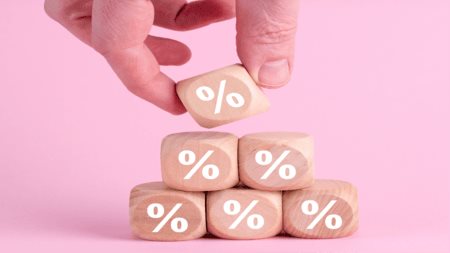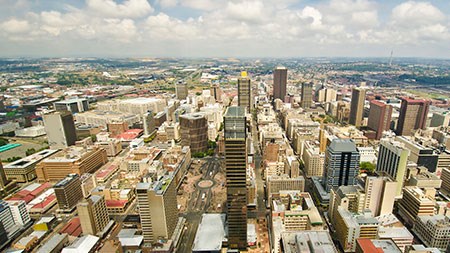Historically, the majority of home loan finance in South Africa has been provided by the major 4 retail banks but over the past few years, new players have entered the mortgage lending market. Homebuyers now have more choices of who to use to finance the property they have chosen to purchase.
Banks and Intrest Rates
The competition is good for the market and the healthy margins enjoyed by the banks are a thing of the past. The major retail banks use a prime-based rate when establishing interest rates for consumers seeking mortgage finance. Prime is the individual bank's lending rate and this rate is in turn influenced by the REPO rate. The REPO rate is set by the South African Reserve Bank and is used by the Reserve Bank to regulate consumer spending and to ensure that inflation is kept in check.
When there is an increase or a decrease in interest rates, it is the result of the Reserve Bank adjusting this REPO rate. The REPO rate also sets the rate at which the banks can borrow wholesale funds from the South African Reserve Bank. Prime is, therefore, a managed rate or a discretionary rate determined by the bank, but always influenced by changes in the REPO rate.
The non-traditional lenders that have entered into the mortgage lending market do their sums very differently and raise capital to lend to home buyers by the method of securitisation. Put simply, they originate a bundle of home loans and sell them off to an investor who is looking for a reliable long-term investment. They calculate their rates using the 'Jibar'. The Jibar is an independent market-derived rate for terms of one, three, six and 12-month money market deposits determined by the ten major South African financial institutions, and is released by the South African Futures Exchange.
Both the REPO rate and the Jibar have been consistent for many years and they move either up or down in concert. The Jibar rate is reviewed quarterly while the REPO rate is decided by the Reserve bank in meetings, which happen every six weeks. The non-traditional home loan or 'securitised home loan', does have some advantages especially for smaller value home loans where the rates can be far more attractive. In some cases, a conventional home loan from a retail bank could even be more than the prime rate.
It is for this reason that this form of home loan is gaining popularity and has a definite place in the market. What the home buyer must understand is that the interest rate is reviewed quarterly, on both new and existing loans, so the rate quoted when you purchased the property may not be so competitive a year down the road and will definitely vary from time to time.
Access facilities
Access facilities are also available on both conventional and securitised products, but with 'securitisation' it is not client activated any re-advances or withdrawals from the loan have to be applied for. This makes the conventional banks access facilities far more convenient and you can access your funds from your bond account by simply logging onto your bank's website, visiting a local branch or even using an ATM.
Fixing your rate
In uncertain times like the present when rates seem to have moved into an upward cycle, buyers like to take advantage of a fixed rate to reduce the risk of spiralling house repayments. Both conventional and securitised home loan products do offer the facility to fix, and the securitised product does provide for a rate fixed over the entire period of the bond. The rate, however, is high and is dependant on the risk associated with both the client and the equity that the buyer has in the property.
The conventional home loan products only offer fixed rates of 12, 18 and 24 months, but the fixed rate is considerably lower than the 20 years securitised product. Like the Securitised product, this rate is invariably higher than the prevailing bond rate at the time. While the rate quoted by the 'securitisation' lender may seem much lower than the prime rate of your retail bank, it is important to understand that all the commercial banks offer discounted rates on prime. This rate depends on many factors and not all clients will enjoy the same discount.
As mentioned in previous articles, rate should not be the only consideration when shopping for a home loan - the parcel of products and services provided by your bank also needs to be considered.



